This post contains affiliate links to products I use and love. Thanks for supporting me.
If you want to start a blog to make money, but don’t know where or how to start, then this guide is for you!
Whether you’re a complete newbie or you’ve had a website before, stick around! In this post, I’ll show you step by step how to set up a WordPress website plus I’ll also cover all the essential tools you need if you want your blog to be a business.
First, we’ll select a domain and set up web hosting with Bluehost (you get a free domain). Then we’ll install the most popular content management system WordPress (it’s free) and THEN…I’ll show you how to choose a theme for your website + how to install one of the most popular and most awesome WordPress themes, Divi by Elegant Themes.
When done, we’ll cover things like tracking visitor activity on your website, security, helping search engines find your website, social media and lots more – the business side of things!
It’s going to be fun, and by the time you’re done you’ll have a functioning website – just like the pros. We’ll sign off and you can pump out some awesome content and start making money!
This post is super comprehensive so get comfy and grab a coffee! You can click on the links to dive deeper into each step.
Choose a Topic
Deciding what you want to blog about, is the first step! It’s also an important step if you want to make money from your blog.
Growing a loyal audience is the best way to monetize your blog. Before you decide on a topic, make sure this is achievable.
- Do you have passion and/or expertise on the subject? Are you interested enough in the topic to blog regularly for as long as it takes? – you don’t want to run out of steam. Visualize yourself as the go to person, the authority on the subject.
- Is your topic popular? Are other people blogging about this subject? Are they making money? If not, you’re going to have to find an audience and what if you never do?
- Make sure your topic is specific. People tend to read informative posts and frequent websites that are on a specific topic. Blogs with random posts and personal stories and are ambiguous about their purpose tend not to do so well.
Check out this post if you need help coming up with a topic or you’re not sure if your topic is right (+free worksheet).
Choose a Name
Now you’ve chosen a topic, let’s name it!
Your domain name is the unique name that follows the “www.” in the web address and ends in a domain extension like “.com”.
I’ve put together a post to help you choose the best name for your blog and business covering:
- 10 things to consider when choosing a name for your blog
- 8 brainstorming steps to come up with an awesome name for your blog
- Top 4 tools for finding a great domain name
- Check your favourite name is available on your chosen social media platforms
Set Up a Website
If you want to make money from your blog, then a self-hosted website is for you! Starting out, the most affordable option is what’s called “shared hosting”. Shared hosting means you share space and resources on a server with other customers.
As the size of your website grows and the amount of traffic to your website increases, you can consider upgrading to your own dedicated server or even changing your host provider.
As a beginner, I want to make sure you get through this setting up process as quickly as possible so you can spend time creating content for your blog and planning your business strategy. I find Bluehost really easy to navigate + there are loads of blog posts and tutorials on how to do pretty much everything.
The WordPress Install is super easy (the WordPress software is arguable the best and definitely the most popular content management system). The customer service via chat or phone has been excellent and their on call 24/7. You receive a FREE domain when you sign up for web hosting (awesome!) + they offer a money back guarantee (double awesome!!). So if things go wrong for some reason you’re covered.
STEP 1: Get a Domain and Hosting
To register your domain name and sign up for hosting, head over to Bluehost.
Choose a Plan
The first thing you’ll be asked to do is select a plan. The basic plan allows for one website. If that’s what you’re after, easy done. If you think you might end up creating more than one blog or website, then for a small amount extra you can purchase the plus plan and have an unlimited amount of domains.
This is the most popular option. Select the option you want. You can always upgrade at any time.
Register Your Domain Name
Enter the domain name you would like to register eg: yourblogname.com and click on Next.

If your domain is not available, Bluehost will provide you with suggestions of similar names and alternative extensions.
Enter Your Account/Package Info
Fill in the account information.
Next, the package information will display a price for the introductory offer which is for a 36 month period. If you scale back to two or one year, the price increases.
If you choose 12 months, then the full price will kick in after the first twelve months. So it is ALOT cheaper to go with the 36 month option. Because they have the money-back guarantee and you are not locked into a contract I recommend going with this option.
So let’s take a look at the addons.

Domain Privacy Protection
I always tick this box. All domain registrants are listed on a public registrar WHOIS. With Domain Privacy Protection, the details of your hosting provider are listed in the directory, instead of your own. If you don’t tick this, you risk receiving loads of spammy emails and phone calls. I tried not paying for Domain Privacy Protection on one of my websites. I was inundated with spammy calls and emails. I still had to wait a few days after paying the fee for the calls to stop.
Site Backup Pro
I include this in my package. It’s like having an insurance policy on an asset. You just never know what’s gonna go down!
You can choose to do this with the plugin UpdraftPlus (or as well as).
Search Engine Jumpstart
SEJ is what’s called rapid indexing and will basically get you on Google, Yahoo and Bing. Save your $35.88 a year. That’s a hefty charge considering you can easily do this manually (see tutorial).
SiteLock Security – Find
Familiar with the little lock icon? That’s SiteLock Security. Check the additional information for more details and decide if this is something you will need for your blog.
Complete your Account Information and click on Submit.
Once you’ve set up your password and your logged into your account you can install WordPress.
STEP 2: Install WordPress
WordPress is a website creation tool that allows you to create a website and upload content really easily with little or no coding. For more info on why WordPress is a great option for your first blog, see Why Use WordPress for Your Blog?
Bluehost allows you to install WordPress in a couple of clicks.
Click on the Install WordPress icon – see below, highlighted with the yellow circle.

Select your domain and click Next (don’t enter anything where it says “directory).

You can choose the version with or without the www. It’s just a personal preference thing. This is how your website will look when returned by a search engine.
For example; www.startingsmartonline.com or just startingsmartonline.com.
On the next screen click Install.

Shortly, you will see a message telling you that installation is complete.

Where you see “Continue browsing the Marketplace of View credentials here”, choose to view the credentials. Your WordPress username and temporary password will be displayed.
You’re ready to login to your WordPress website and start creating!

Go to www.yourblog.com/wp-admin and enter your WordPress username and password.
Fantastic! You’re in. You should now see the WordPress Dashboard which should look something like this.

Tip: Change Your Password
I recommend changing your password. In the Dashboard, click on Users and then in the drop down menu, click on Your Profile.
Next to New Password, click on Generate Password. Type in the password you want. WordPress will allocate a rating. Ofcourse, Strong is best!

Remember to save your password and write it down.
STEP 3: Install a Theme
You can either choose a free WordPress theme or you can purchase a premium WordPress theme for your website.
With thousands of free WordPress themes to choose from, you may be wondering why you would spend money on a premium theme?
I cover this in more detail – free vs paid themes and what you should expect from a premium WordPress theme. The tutorial comes with a free checklist so you can make sure the premium theme you like, ticks the right boxes!
I’ve spent a lot of time and money exploring free and premium themes, but luckily I’ve ended up with Divi by Elegant Themes which I absolutely love and totally recommend to anyone because it’s such as flexible theme.
To find a theme, go to your WordPress dashboard and click on Appearance and then Themes.
This is where you install, activate and manage your themes. If you’d like to use the Divi theme, check out this tutorial for instructions on how to install the Divi theme.
Now, I’ll show you how you can choose a theme from the WordPress library.
Here you can see I have installed the Divi theme and it’s active on my website.

Ok, so to check out the WordPress library, click on WordPress.org Themes at the top of the screen. Here, you can search for a theme using the search bar or click on Featured, Popular, Latest, Favourites or Premium.
To install a theme, hover your mouse over the theme and an Install button will appear, go ahead and install. Once you install the theme you will need to activate it, simply by clicking the Activate button that appears.
Don’t worry, you can easily deactivate it and install another theme. If you’ve added content, it won’t be lost. You can change a theme without altering the content or health of your website.
STEP 4: Get Started with WordPress Settings
WordPress Settings can be found in the WordPress dashboard. The dashboard is the administration area where you create and manage your website.
This post will run you through the WordPress Settings menu options + you can download a free checklist to help you out!
STEP 5: Tour the WordPress Dashboard
Familiarise yourself with the dashboard area! Check out this post for a summary of the menu options: Posts, Media, Pages, Comments, Appearance, Plugins, Users & Tools.
Essential Steps for Your Blog and Business
Now you have your website set up, let’s cover some essential steps in setting up your blog as a business!
Optimize your blog for search engines so that you can increase the number of visitors to your blog by installing the Yoast SEO plugin to your website.
Install Google Analytics to your website. Google Analytics is one of the most powerful tools you can have as a blogger. Track visitor activity and all sorts of information.
Set up social media accounts plus add share and follow buttons to your website.
Create a sitemap for your website using the Yoast SEO plugin.
Tell search engines about your blog by submitting your sitemap to Google, Bing and Yahoo.
Create a custom email address for your blog so you’ll look professional from day one.
Link Google Analytics with Google Search Console to access additional reports in Analytics.
Protect your website by installing a website security plugin. I recommend using Wordfence.
Backup your website with a WordPress backup plugin. I recommend using UpdraftPlus.
Create an About page where people can find out who you are and what you’re about.
Create a Privacy Policy. There are legal requirements to consider. Does your blog need a Privacy Policy?
You can also start planning your blog’s money making strategy! Learn more about how blogs make money plus download your free money making planner!
I’ve added a big red button to the end of each post which will guide you to the next tutorial. Hopefully this makes things a little easier. If you prefer a course format you can enrol in my free course How to Start Your First WordPress Blog.
Now your blog is set up with everything it needs to get started, you can create content and start posting!
I have a list of tools and resourses for you that cover just about everything, from Landing Page Software, Color Tools to Advertising Partners.
For good reading and idea generating, here is a list of inspirational blogs for entrepreneurs you should check out!
In the meantime, feel free to download my Starter Pack and good luck with your new blog.
I’d love to hear what you’re up to!
Drop me a line at sarah@startingsmartonline.com or leave me a comment below.
AUTHOR: SARAH PILATI Hi, I’m Sarah! I’m here to help you create your first WordPress blog. I cover the early stages of your project – getting your website up and running! If you have any doubts you can do it yourself, this website is for you! You can get started here.

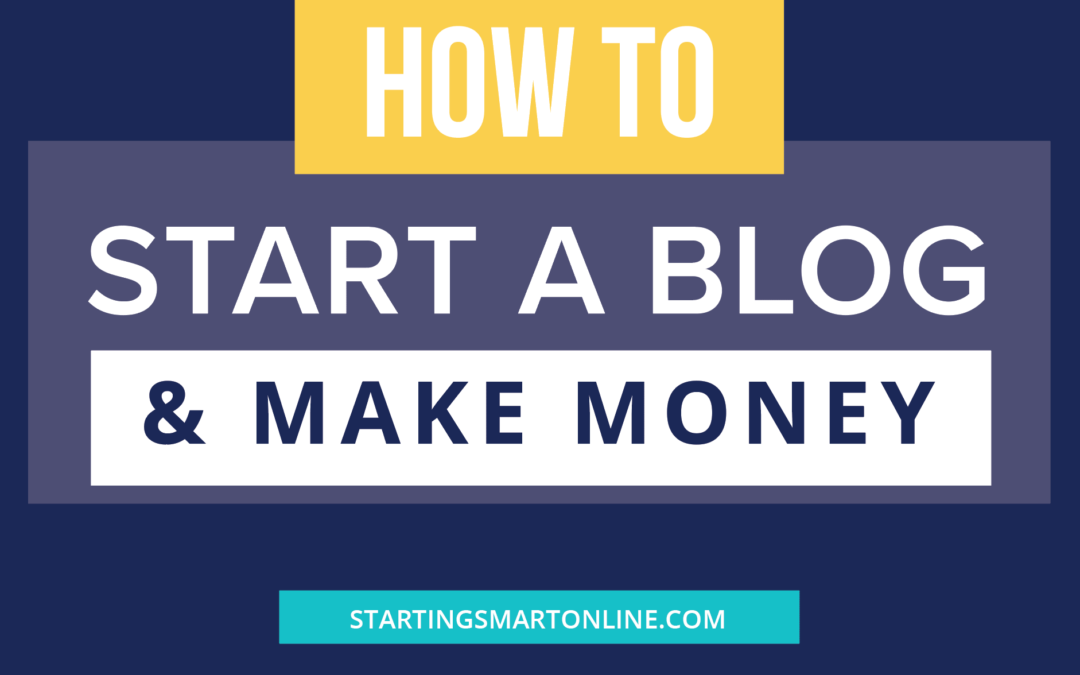
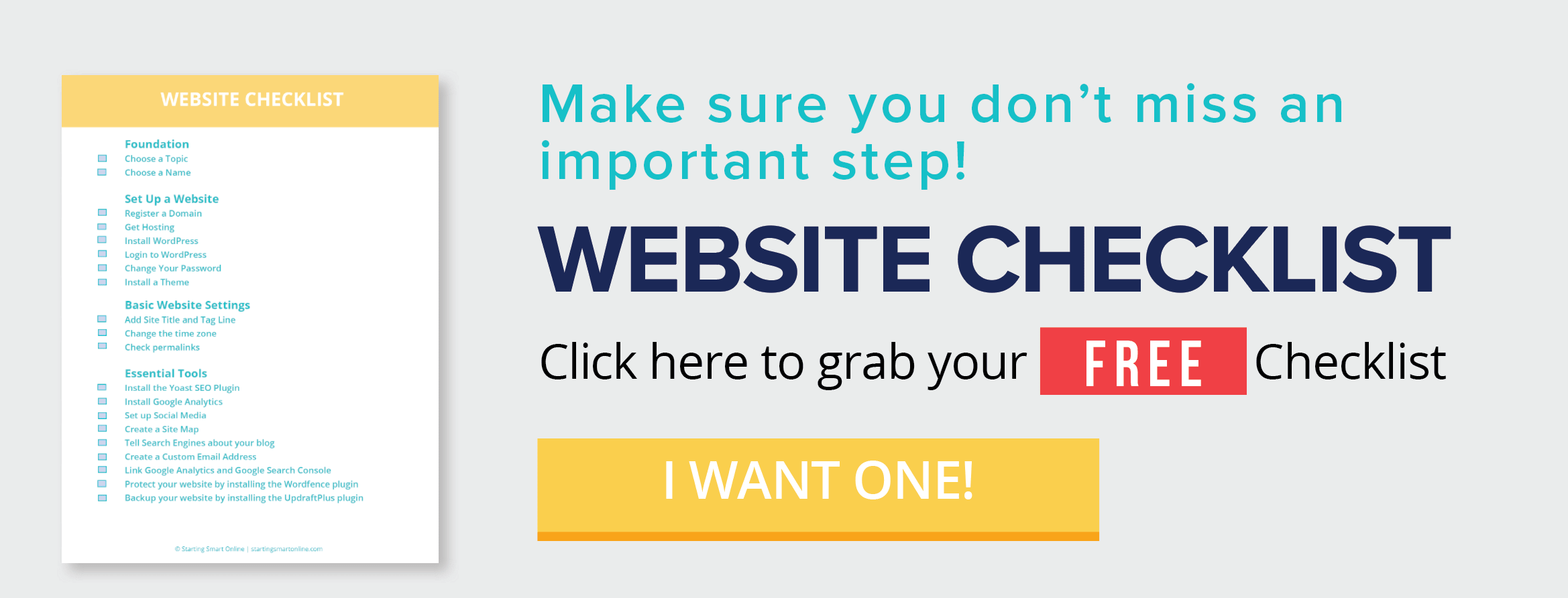

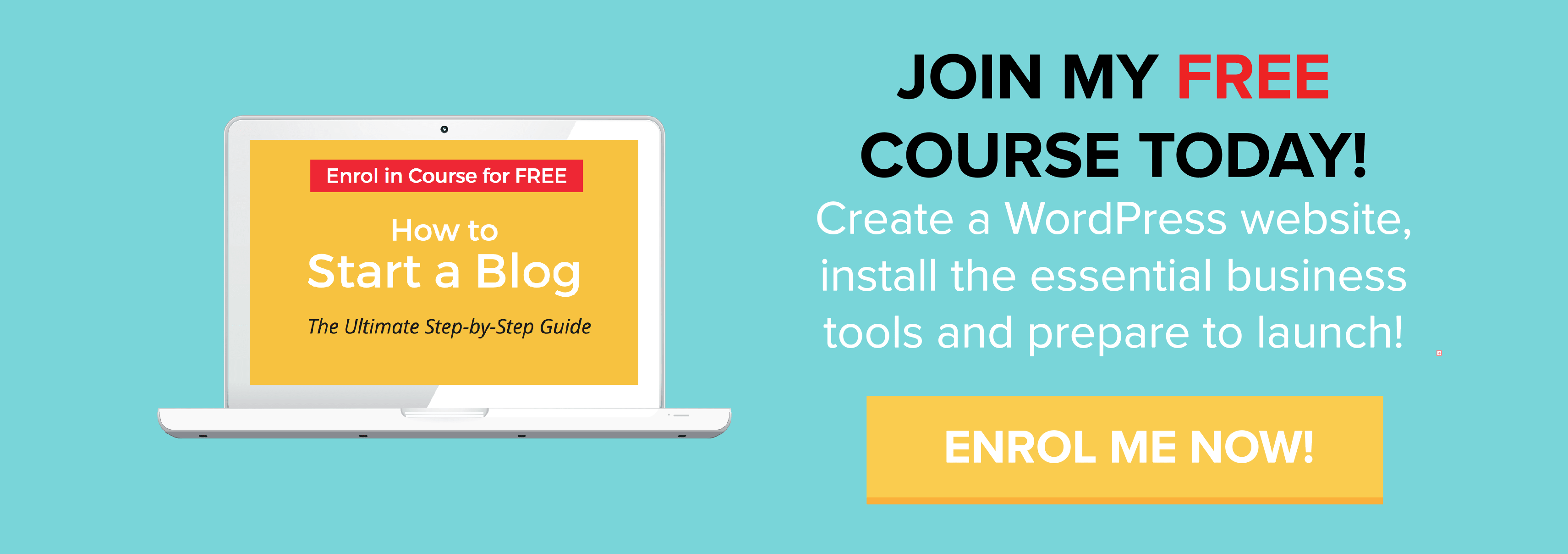


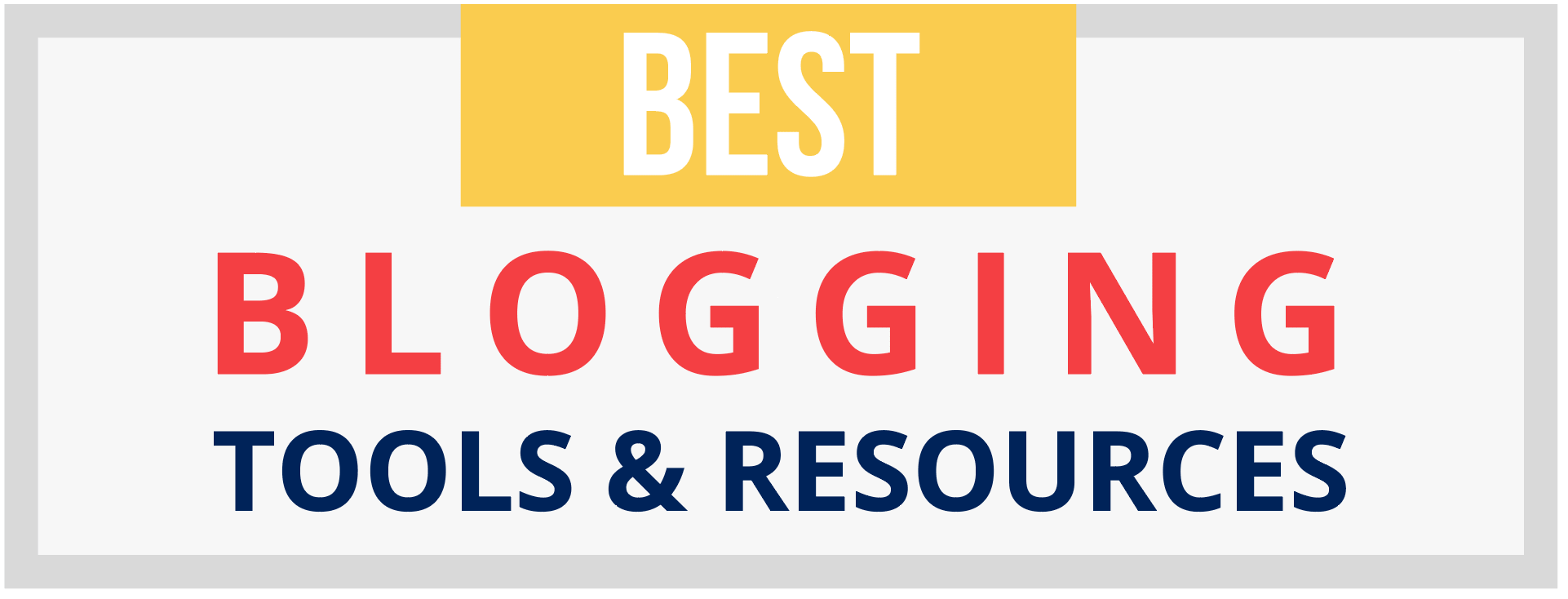
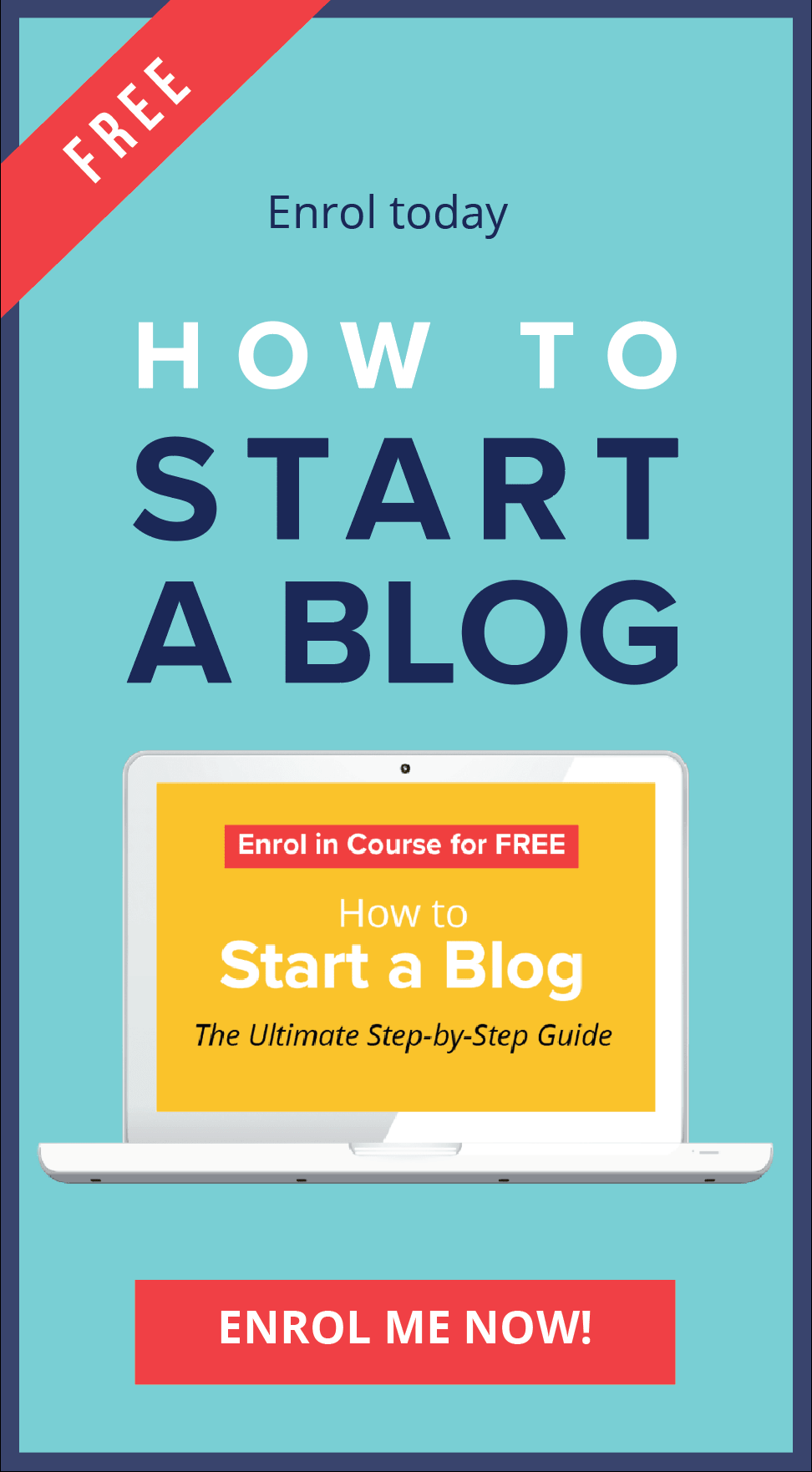
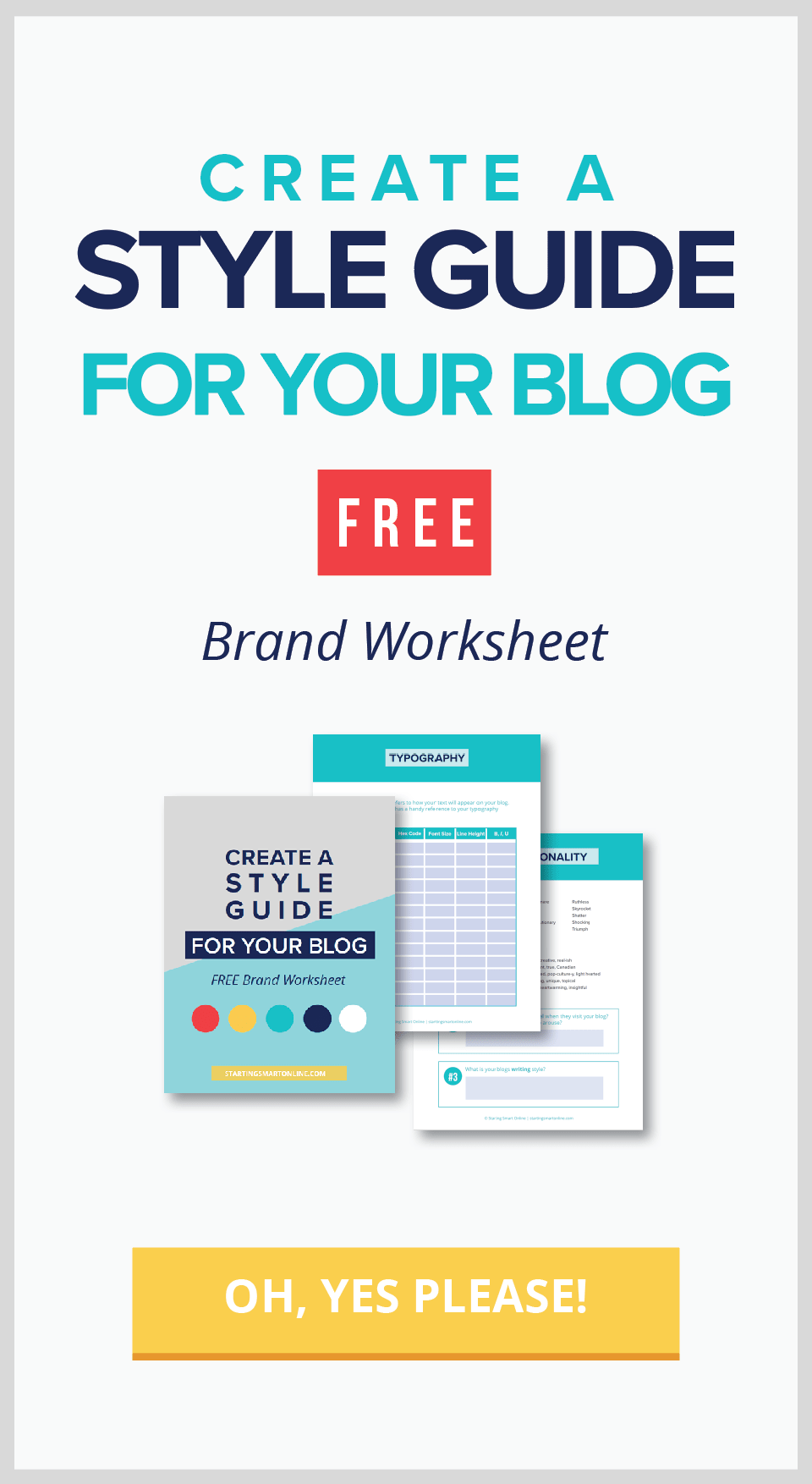
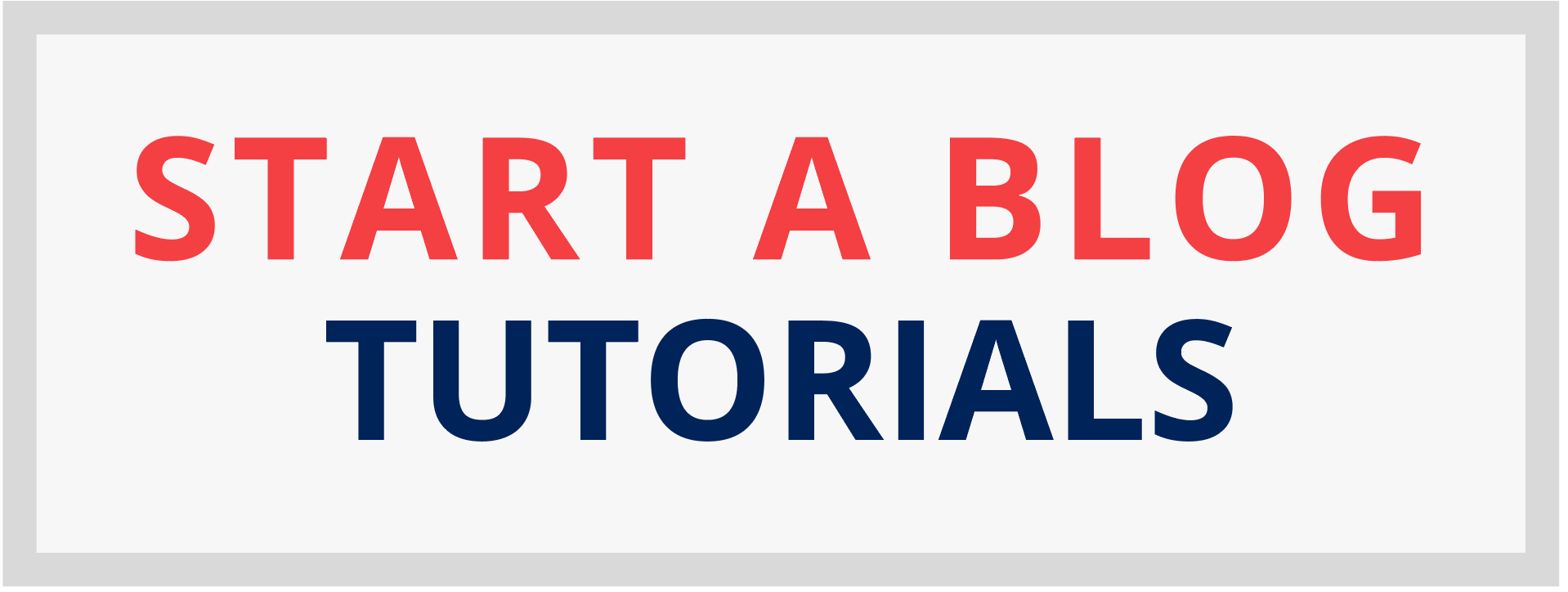
0 Comments